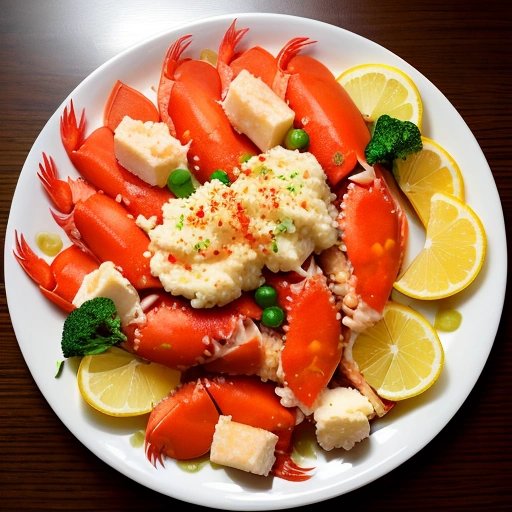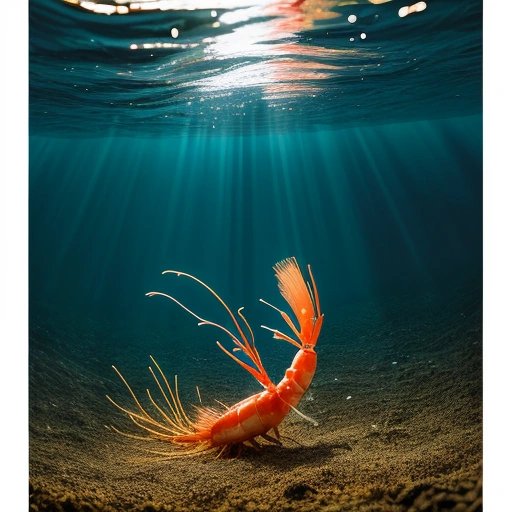In a startling turn of events, the nation is reeling from a shellfish shock as a prawndemic of catastrophic proportions slams the fishing industry. The consequences are dire: a nationwide shrimp shortage that is leaving seafood lovers devastated and shrimp boats idle. As the crisis deepens, the scale of the catastrophe is becoming increasingly apparent, with ripple effects felt throughout the economy.
The prawndemic, an unexpected and devastating outbreak among shrimp populations, has taken the fishing industry by storm. Once a thriving and lucrative sector, it is now facing an uncertain future as shrimp populations dwindle and fishermen struggle to make ends meet.
The unprecedented shrimp shortage has left consumers craving their favorite crustacean delicacy. Restaurants, accustomed to offering an array of succulent shrimp dishes, are seeing their menus drastically altered as supplies dwindle. Seafood lovers are finding their beloved shrimp dishes replaced with alternative options, leaving many feeling unsatisfied and longing for the days when shrimp was abundant.
The economic implications of the shrimp shortage are far-reaching. Shrimp boats that once brimmed with activity and prosperity now sit idle at port, their crews facing the reality of unemployment and financial turmoil. The ripple effects of the crisis extend beyond the fishing industry, impacting suppliers, distributors, and even the local communities that rely on the shrimp industry for their livelihoods.
The prawn pandemic has not left the scientific community untouched. Experts are tirelessly working to understand the root causes of the outbreak and find solutions to mitigate its devastating effects. Biological researchers are studying shrimp populations, searching for clues about environmental factors, diseases, or changes in migration patterns that may contribute to the decline.
Government officials and policymakers are also stepping in to address the crisis. Emergency measures are being put in place to support affected fishermen and ensure the sustainability of the shrimp industry in the long term. Collaborative efforts between government agencies, scientists, and industry stakeholders aim to develop strategies to prevent future outbreaks and protect the livelihoods of those dependent on the industry.
In the midst of this shrimp shortage, alternative seafood options are emerging. Restaurants and seafood suppliers are turning to other species, such as crab, lobster, and even lesser-known crustaceans, to fill the gap left by the absence of shrimp. While these alternatives offer a temporary solution, they cannot fully replace the unique taste and texture of shrimp that have captured the hearts and taste buds of millions.
As the nation grapples with the prawn pandemic, seafood lovers everywhere are left longing for the days when shrimp was a staple on their plates. The crisis serves as a stark reminder of the delicacy and fragility of the marine ecosystem, highlighting the importance of sustainable fishing practices and the need for greater environmental awareness.
While the future of the shrimp industry remains uncertain, one thing is clear: the impact of this prawndemic is felt by all. From fishermen to scientists, consumers to policymakers, the entire nation is united in its quest to overcome this devastating shrimp shortage and restore the abundance of this beloved crustacean.




